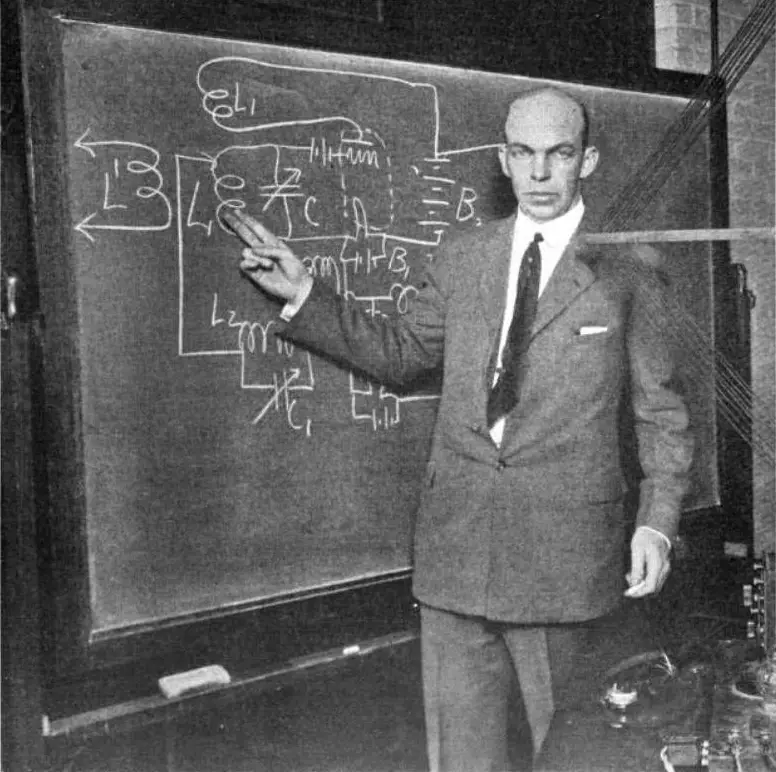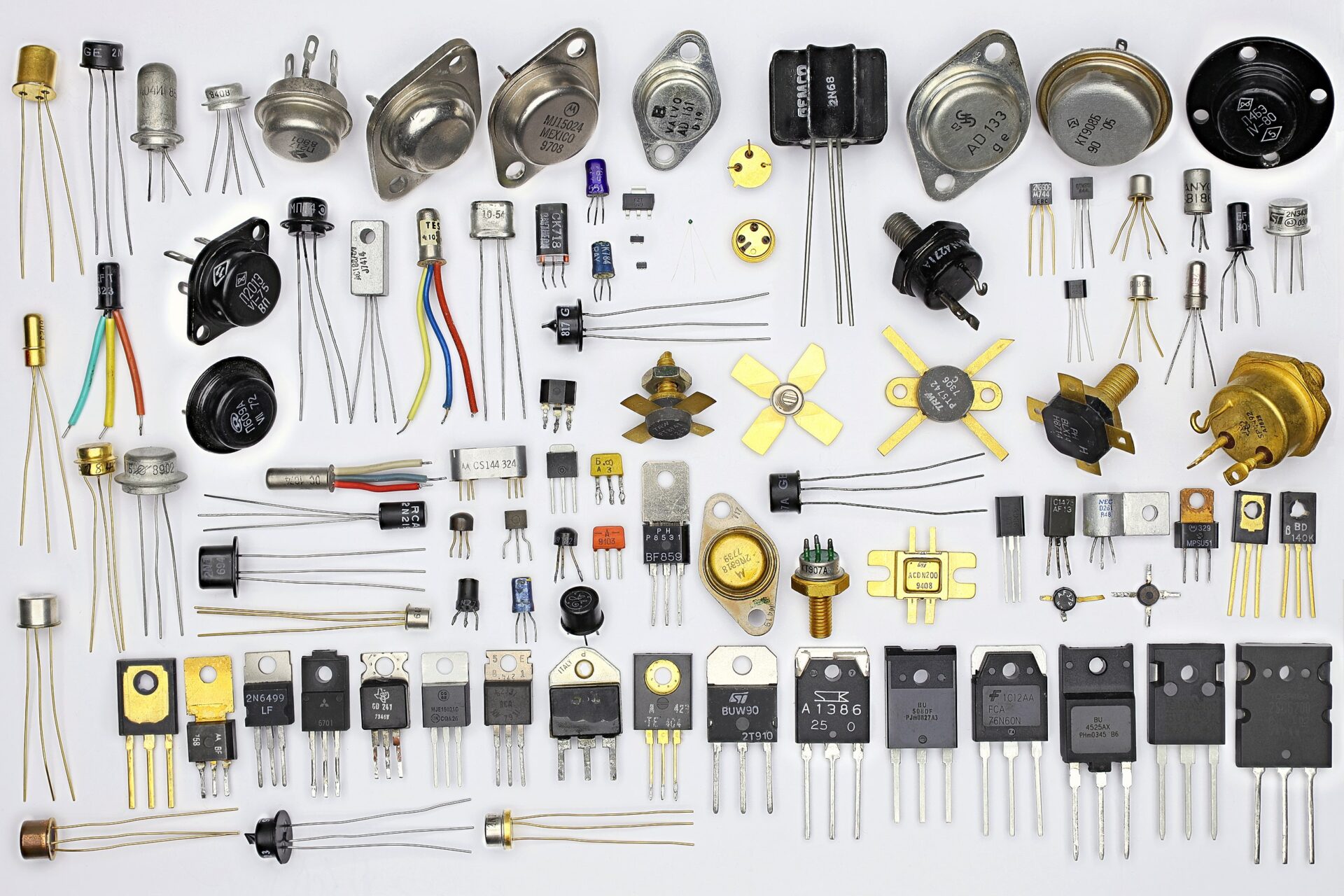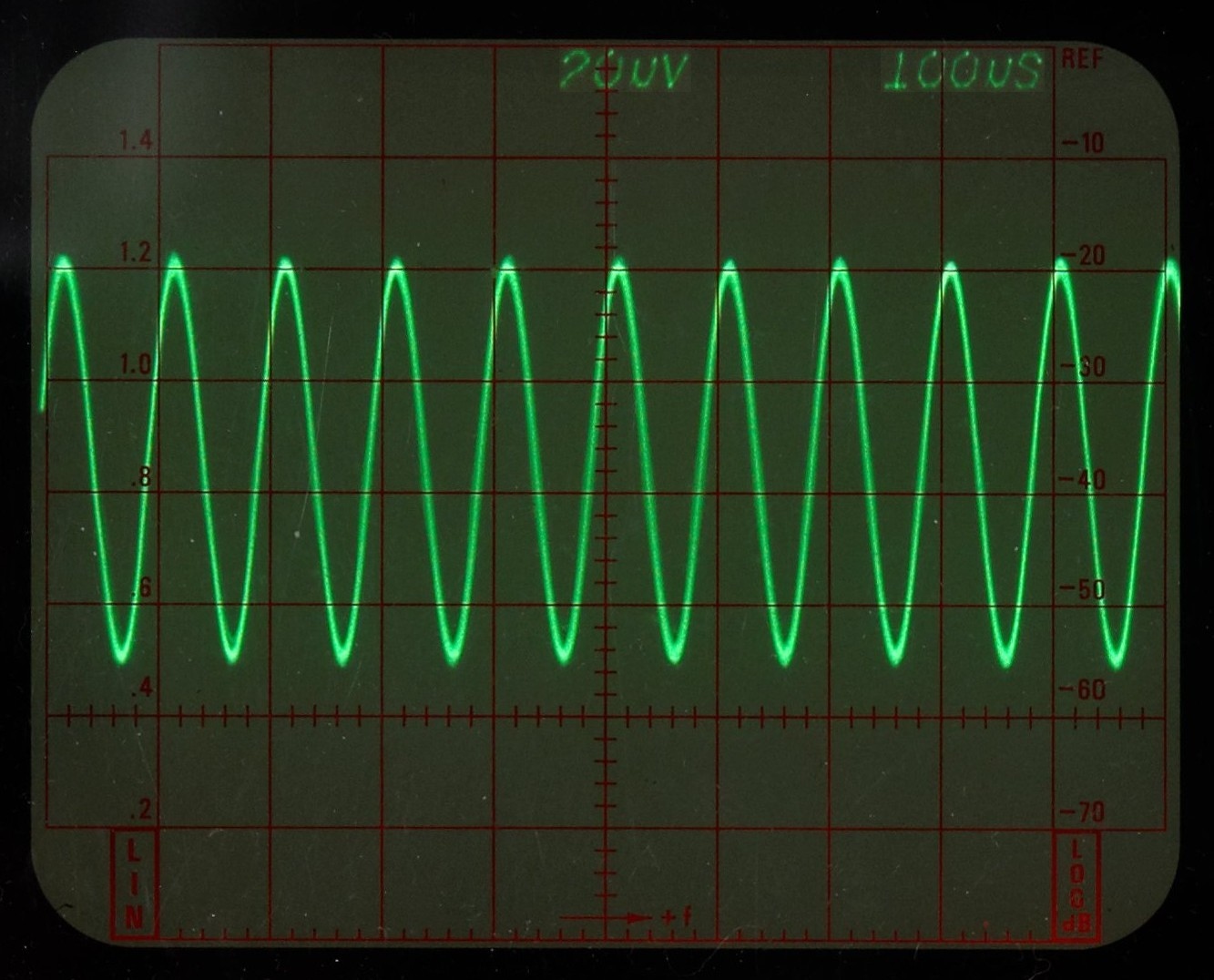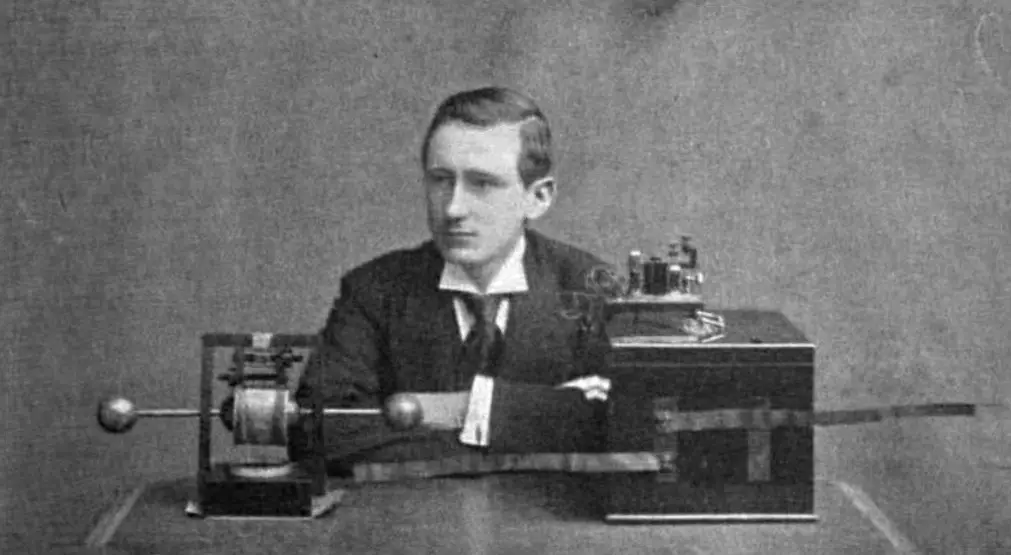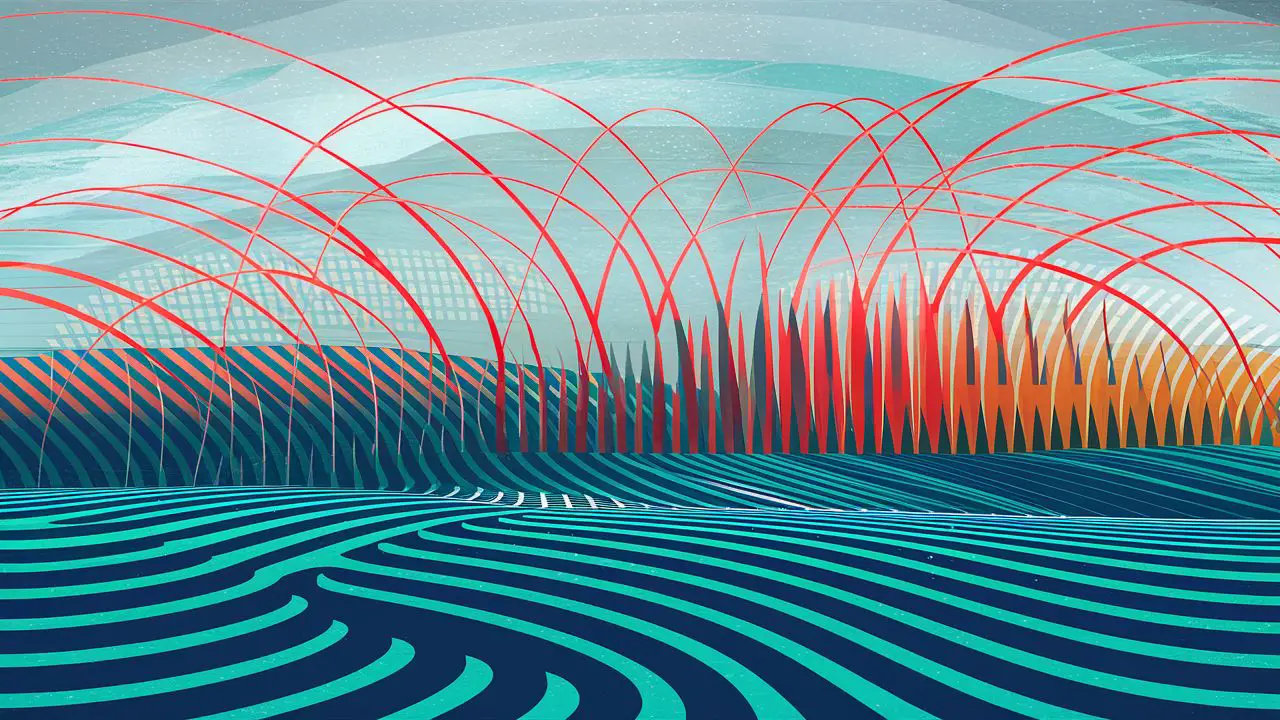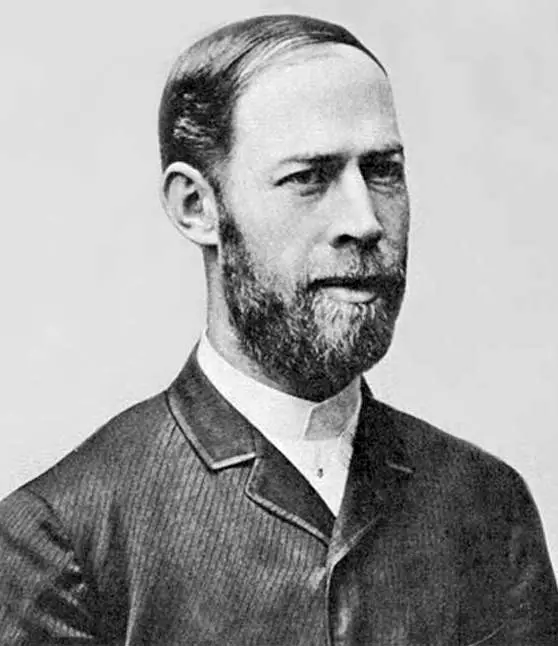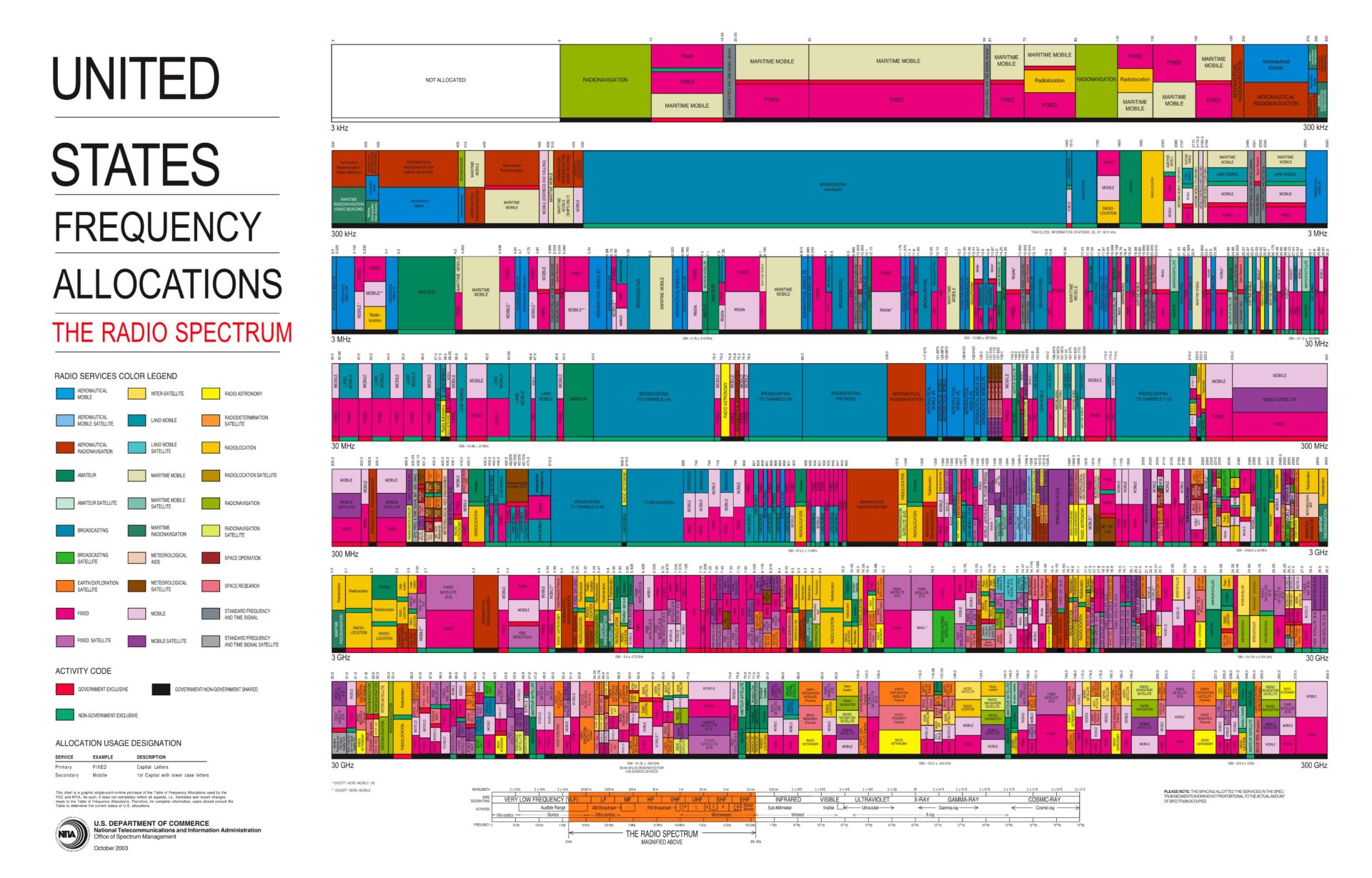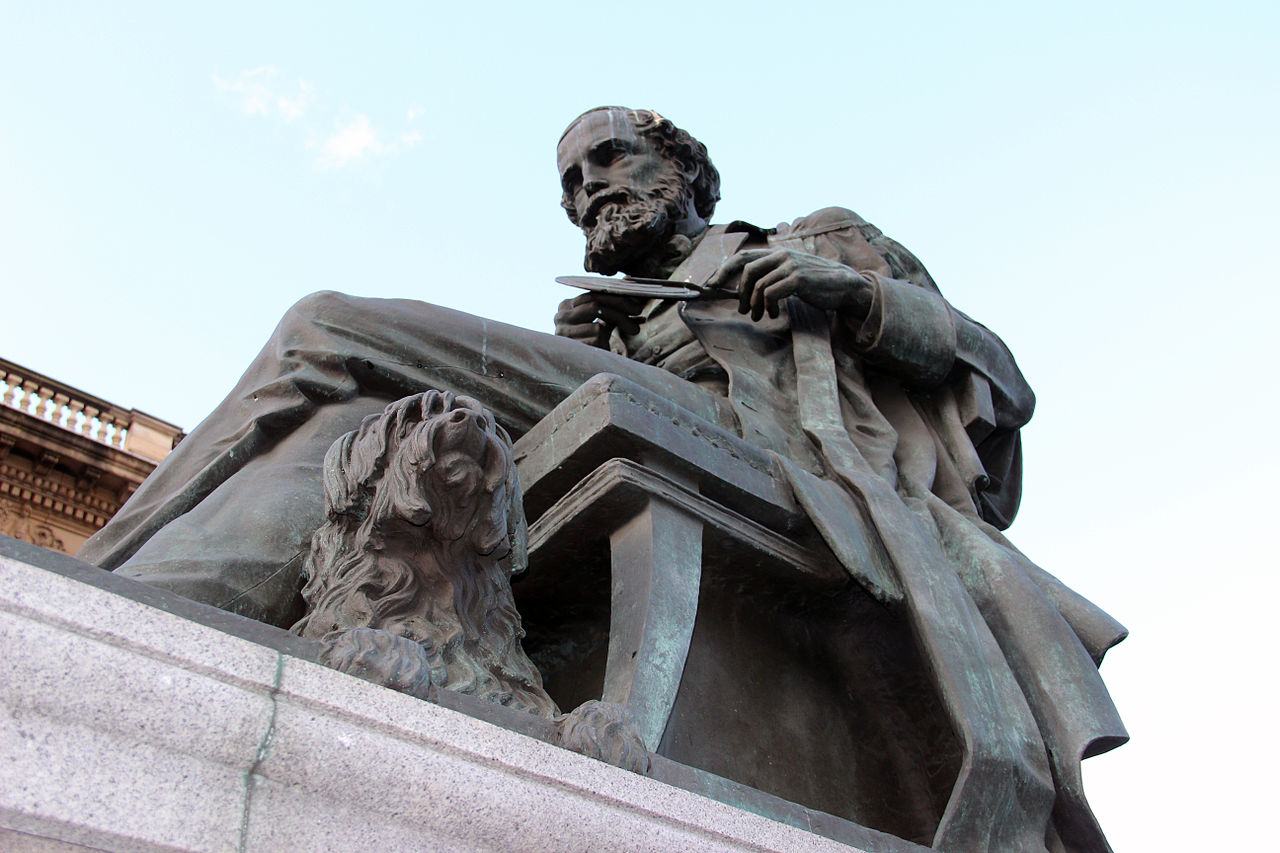Edwin Howard Armstrong: The Unsung Hero of Radio’s Golden Age
Introduction In the annals of radio history, few names shine as brightly as Edwin Howard Armstrong. A visionary inventor and tenacious innovator, Armstrong’s contributions to the field of radio technology are nothing short of revolutionary. From his early days as a curious student at Columbia University to his groundbreaking inventions that shaped the course of … Read more

